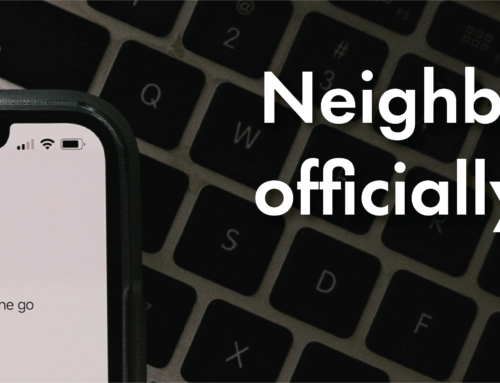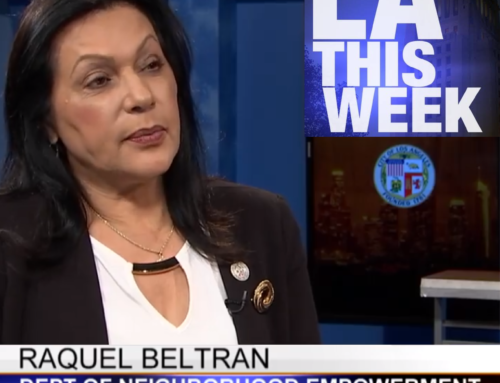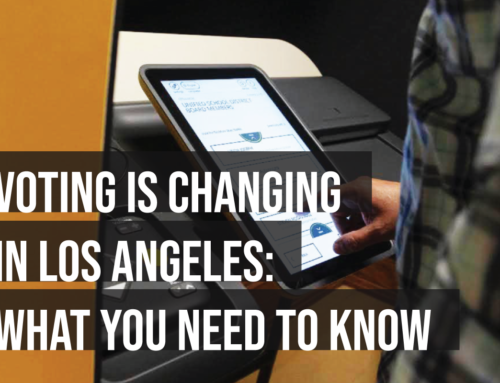This article was written by Samantha Page for Climate Progress on June 10 2016 at 8:00 am. You can read the full article here.
The Second-Largest City In The U.S. Is On The Verge Of Being 100 Percent Renewable
Growing up alongside the car and electricity industries, Los Angeles has long been seen as one of the country’s most modern cities. But now, as our collective dependence on power has been found guilty of damaging our water, air, and climate, the city is taking steps to be part of the new future: a clean energy future.
The City Council is going to consider a motion this month that would direct the municipal utility to determine how to move the city to 100 percent renewable energy. The motion already has broad support from Councilmembers, and Los Angeles officials confirmed that the Los Angeles Department of Water and Power (LADWP) has begun work on the report, which will be developed with research partners, including the Dept. of Energy.
The motion from council members Greg Krekorian and Mike Bonin reads:
“LADWP is on the verge of making significant investments in its infrastructure, and with that 100-year-old power system in need of significant upgrades, the city has an opportunity to re-create its utility in a way that recognizes the potential for a fossil-free future, demonstrates global leadership in its commitment to clean energy, and protects ratepayers from the increasing costs of carbon-based fuels.”
Mayor Eric Garcetti, who has introduced a number of clean energy policies since taking office, supports the initiative.
Over the past few years, Los Angeles has seen the beginnings of a massive transition, and the city itself has been responsible for much of it. In one high-profile move, the city spent $57 million to replace its traditional streetlights with LED bulbs. That simple, if grand, gesture is saving the city $9 million a year in electricity costs and has reduced CO2 emissions by 60,000 metric tons — about equal to 8,860 homes’ worth of electricity.
Angelenos are more than ready for a change
In 2015, Los Angeles got 20 percent of its electricity from renewable energy sources, according to data sent to ThinkProgress. Nuclear and large-scale hydro together accounted for another 11 percent, but more than 60 percent of the city’s electricity came from coal and natural gas. Coal still accounts for a whopping 40 percent of the city’s power supply. Natural gas, including from four local plants, was 22 percent.
But there is a lot of support right now in Los Angeles for changing the way Angelenos get their electricity. Over the winter, an uncontrolled natural gas leak in northern Los Angeles caused thousands of families to be evacuated from their homes. People complained of bloody noses, headaches, and other health problems, while Southern California Gas Company struggled for months to contain the Aliso Canyon facility. Subsequently, the company said the region would face potential blackouts this summer without Aliso Canyon, which provides gas to some local power plants.
That statement infuriated locals, who insist that the city can go green and avoid reopening the storage facility.
“This blowout really highlights that this is just one incident in a larger ongoing disaster,” said Alexandra Nagy, a senior organizer with Food and Water Watch. “We are advocating for the permanent closure of Aliso Canyon. There is really no other option. We cannot go back to business as usual.”
And as the Sierra Club’s Brune put it, big-city mayors are eager to head up popular initiatives: “They know which way the parade is marching, and they want to get out in front of it,” he said.






